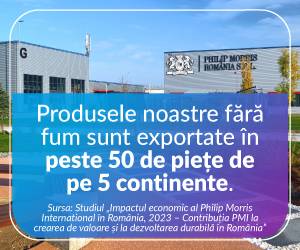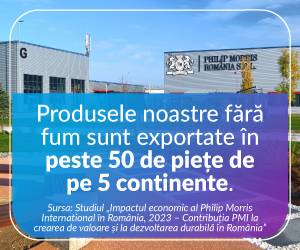The Kamchatka Peninsula in Russia was hit by an earthquake of exceptional magnitude, estimated at 8.8 on the Richter scale. The epicenter was located 126 km from the city of Petropavlovsk-Kamchatsky, at a depth of 20.7 km, according to the US Geological Survey (USGS). It is the most powerful earthquake to occur in the region since 1952 and one of the six most violent earthquakes ever recorded on the planet.
• Kamchatka, an extreme seismic territory
Located at the confluence of the Pacific and North American tectonic plates, Kamchatka is an area with intense seismic and volcanic activity. The region is constantly monitored by geodynamic specialists, but the magnitude and brutality of this event has raised concerns among the international scientific community.
• A historic magnitude: in the world's top earthquakes
The Kamchatka earthquake is on par with other notable seismic disasters such as Esmeraldas (Ecuador, 1906) and Biobío (Chile, 2010), both with a magnitude of 8.8. Only five earthquakes have been more intense in the last century: Chile, 1960 (9.5) - The most violent earthquake ever recorded, resulting in over 2,000 deaths and a tsunami that crossed the Pacific; Alaska, 1964 (9.2) - Earthquake lasting over four minutes, which transformed the relief of the region; Japan, 2011 (9.1) - Tōhoku earthquake, followed by tsunami and the Fukushima disaster; Indonesia, 2004 (9.1) - The tsunami generated on Christmas Day killed 230,000 people in 14 countries; Kamchatka, 1952 (9.0) - The previous major earthquake in the region, with waves reaching as far as Hawaii.
• Secondary hazard: tsunami threat
After the earthquake, authorities in the Pacific issued tsunami warnings. The earthquake has the potential to produce waves up to 3 meters high, targeting Japan, Alaska and the Hawaiian Islands in particular. Tsunamis, the result of a sudden movement of the ocean floor, can travel at speeds of over 800 km/h and increase in force as they approach the shore. A tsunami begins with a massive deformation of the seabed, which generates shock waves that turn into waves that are seemingly harmless offshore but extremely dangerous on shore. Unlike regular waves, these involve colossal masses of water and can travel thousands of kilometers without losing their energy.
Memorable events in the history of tsunamis: Sumatra, 2004: The 9.1 earthquake caused the death of 220,000 people, equivalent to 23,000 Hiroshima bombs; Japan, 2011: The tsunami destroyed the northeastern coast and caused one of the worst nuclear accidents in history; Krakatoa, 1883: The explosion of the volcano created a devastating tsunami, with more than 36,000 victims; Alexandria, 365 AD: A devastating ancient tsunami, reported by the Roman historian Ammianus Marcellinus.
• A wake-up call for humanity
The Kamchatka earthquake is a new signal about the fragility of the geological balance of the planet. In an era where climate warnings overlap with geological ones, the ability to anticipate, prevent and respond remains essential. We can't stop the movement of tectonic plates, but we can build faster warning systems, more resilient buildings, and a global culture of disaster preparedness. Natural disasters cannot be eliminated, but their impact can be mitigated. The Kamchatka earthquake brings back to mind the colossal forces that shape the Earth and the importance of international cooperation in the face of natural disasters. The Pacific, and the entire world, remains on alert.


























































